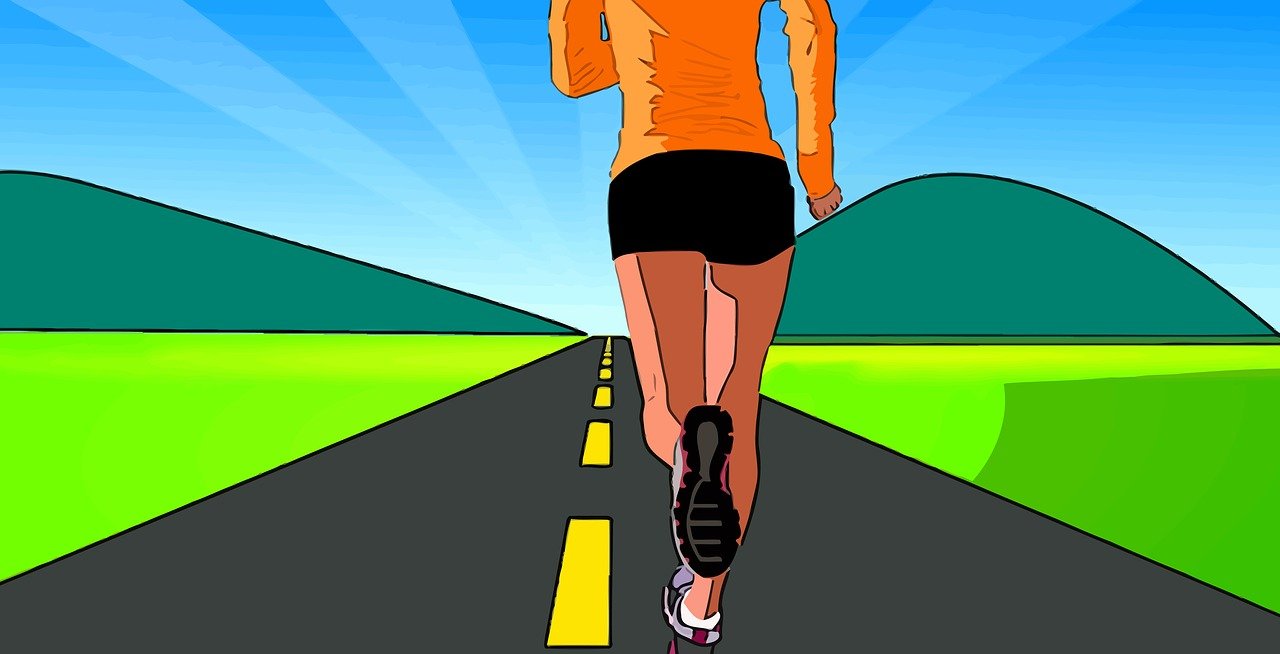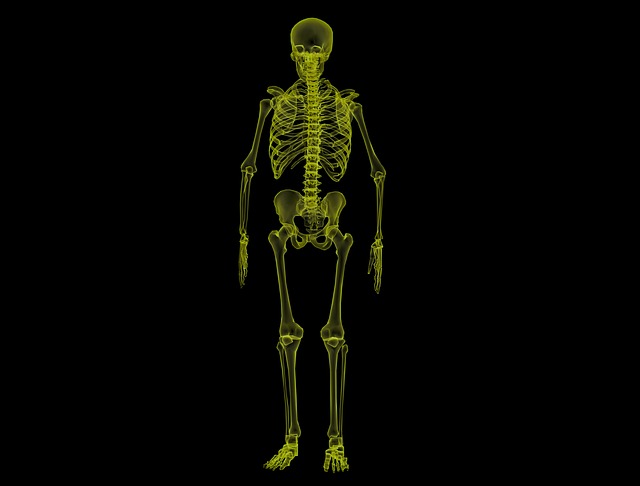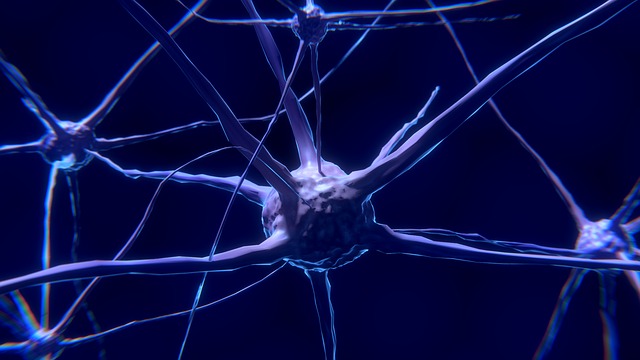Posts by adminjosh
Myofascial Pain Syndrome
Prolonged Tension That Causes Pain
Myofascial pain syndrome is a chronic pain disorder characterized by pressure in sensitive points in the muscles called trigger points. In MPS, the stimulus point of pain is not where symptoms are felt; rather, the pain is referred to other points in the body. For example, a point of tension in the back could be causing pain to be referred to your head and you may think you are having chronic headaches. Many people are familiar with muscle strain or prolonged tension that causes pain, but MPS is unique because the pain will persist and, in many cases, worsen. Fortunately, MPS responds well to conservative treatment modalities, of the kind we offer.
Symptoms of MPS include:
- Deep pain in a muscle
- Pain that gets worse with time, despite rest or treatment
- Tenderness in the muscles
- Referred pain
- Difficulty sleeping because of pain
Myofascial release and trigger point therapy are two modalities we utilize to help people suffering from myofascial pain syndrome.
- Trigger point therapy utilizes cycles of pressure and releases from the chiropractor’s fingerprints that get into the knots and release pain. While it is not the most comfortable form of massage, we follow up with a more relaxing hands-on treatment that helps increase circulation in the area, bringing oxygen and vital nutrients.
- Myofascial release treats the problem similarly by relaxing the muscles, stimulating the stretch reflex in the affected muscle, and improving blood and lymph circulation.
These are minimally invasive techniques that can help you find serious release from myofascial pain syndrome. Furthermore, we can show you ways to target trigger points from home or in the office so that you can help yourself next time the pain flares up.
How to Keep your Office from Being the Death of You
Office ergonomics are made for form and function but rarely are they made for good health
Let’s subscribe to the conventional wisdom that working in an office has fewer risks than working construction, or directing traffic or being a lion trainer … … … The risks associated with office work are much less glaring and tend to fly under the radar as they build up over the years. Many people exit office life riddled with degeneration- carpal tunnel in the fingers, degeneration in the spine, pain in the lower body. These are insidious diseases and are caused by the sedentary nature of the office. If we are going to work hard all our lives in an office before retirement, we may as well set our bodies up for success to enjoy that hard-earned freedom.
Here are some ways to combat pain on the job
- Scheduling breaks: once an hour at the top of the hour; it’s easy to remember and all you have to do is stand up and move for 60 seconds.
- Resetting posture regularly: whenever the thought strikes you, shake out the tension and reset to an upright position.
- Supporting the lower back: this region needs the most support so lend it a hand with a cushion to maintain the curve throughout your lower back.
- Using a headset: if you use your phone a lot, consider using a headset to encourage the upright position.
- Massaging yourself: gently rub tender spots with your hands and release trigger points from tension.
If you have long-standing pain that is made worse in the office, it’s time to stop taking a painkiller, shrugging off the pain, and continuing to work. We want to help you get to the root of your pain and set a course for healing your condition that starts with the therapy we provide. Give our office a call to schedule an appointment today.
Stretching in the Shower: An Excellent Idea
Herniated Disc from Auto Accident
Lumbar Pressure as Determined by Posture
Relieving lumbar pressure with decompression therapy
There are many ways we can work to prevent the damage that will result from pressure accumulation. Strengthening the core stabilizing muscles and improving our posture are tied for the most important thing we can do to help our lumbar vertebrae- stronger muscles support the burden while better posture reduces the pressure. If your spine is suffering from the effects of too much pressure, i.e. herniated disc, degenerative disc disease, sciatica, nonspecific back pain and nerve compression, decompression therapy can help.
Decompression therapy uses manual and instrument-assisted modalities to stretch the spine and provide healing therapy by doing the following things:
- Opening space between the vertebrae
- Providing for rehydration of intervertebral discs
- Allowing for retraction of bulging disc material
- Elongate the spine and provide for spinal realignment
Decompression therapy feels great and provides pain relief and lasting correction of spinal misalignment. If you are interested in using decompression therapy to reverse the accumulative effects of pressure on your spine, give our office a call to schedule an appointment today.
Chiropractic as Preventative Healthcare

A well-aligned body is more resilient to injuries
A tried and true analogy uses the maintenance of a car as an example: regular oil checks and maintenance ensure that your car keeps running longer and doesn’t let you down when you need it most. The human body is a machine that requires regular maintenance in a similar way; circulation and range of motion are important for ensuring that every cell in your body receives the oxygen and nutrients it needs to prosper. Furthermore, your muscles and tendons both crave use to enhance their elasticity. You can even see your pets stretching all day long as they lounge around between naps. It can be a bad sign if you aren’t moving more than your cat!
Chiropractic is preventative healthcare
Spinal adjustments and hands-on attention to the muscles allow your body to work its best. By correcting spinal misalignment, we facilitate smoother functioning of the nervous system which allows your body to protect itself from injury and to heal itself more effectively. If you are interested in finding out more about how chiropractic keeps your body working its best, give our office a call to schedule an appointment today.
Keep Pain out of your Cycling Life
Taking the Exercise Initiative

We can make starting an exercise plan less painful
So when was the last time you hit that 150 minutes per-week goal for exercise? Does the thought of getting up and starting give you the slightest pang of anxiety? If the thought of getting in shape seems like an insurmountable task, we want to help you get motivated and start moving. We start with what is at stake: the health of your body in the here and now, and its longevity for the future. As the foundation for your upper body, this is the only spine you get. Keeping it in a state of balance, with a strong set of surrounding muscles, is the best possible thing you can do to preserve it for the future.
How we help you start exercising
We begin by evaluating your musculoskeletal health and providing adjustments to restore spinal alignment and balance. The spinal adjustment has been shown to exhibit a domino effect on our musculoskeletal health including:
- Relieving painful nerve impingement
- Improving range of motion
- Improving circulation
This sets you off on the right foot to start exercising. From here, we can show you simple but effective body-weight exercises for improving the core stabilizers, a set of muscles that provide support for the lower spine. These muscles are the best ally your spine has in its fight against pain and degeneration. One last area of focus is balancing muscles that become over and underworked due to poor biomechanics and posture. We help you affect a wholesale improvement of your biomechanical awareness and postural habits.
Getting in shape to exercise starts with chiropractic
At our Chiropractic office, we are not short on incentives when it comes to exercise. We want to help you get motivated- give our office a call to schedule an appointment today.
Blood Flow = Brain Power
Mapping your circulation
Think of your brain and how every millisecond of the day it is controlling and coordinating the function of the human body. If you starved this vital organ of its input, how could you expect it to work well? Well, the main input for the brain is oxygen! In fact, while it only accounts for 2% of body mass, the brain consumes up to 20% of the oxygen that enters the bloodstream. Part of the reason for this is that even when you are completely idle or sleeping, the brain is still completely active. Lack of sufficient oxygen to the brain is associated with poor memory, dizziness, fatigue, headache, and other more serious conditions.
Chiropractic for enhancing circulation
Circulation and chiropractic go hand in hand. Because we utilize hands-on modalities to improve health, a boost in circulation is a natural outcome. Chiropractic adjustment frees up nerve pathways and attention to muscles through massage and trigger-point therapy stimulates the body to let the blood flow, increasing circulation to areas that are in need. If you are interested in finding out more about how chiropractic can help improve circulation, give our office a call to schedule an appointment today.
Nonspecific Lower Back Pain: How Bad can it Get?
It’s time to stop seeking the magic bullet.
While it would be harsh to say that traditional methods have failed outright, it is worth challenging the commonly held knowledge that these treatments will work when there is clear evidence against them. What is clear is that the medical community is ill-equipped to deal with nonspecific back pain because traditional treatments, including opioid painkillers, spinal surgery, and injections, are often ineffective, and can even make your condition worse. The “magic bullet,” the idea that a single treatment like surgery can fix all your problems is no longer a viable or ethical option and it should not be sold as such by the health industry.
Alternative therapies on the rise
In response to this falling of the curtain, alternative schools of thought and therapies have stepped into the void. Active and passive therapies now offer pain relief and improvement of symptoms that is comparable and in excess of what can be gained through traditional methods. What this means for you is that a holistic approach to healing your back is worth exploring. The upside is that most things you can do are cheaper, if not completely free, and can start improving your symptoms today.
Chiropractic as part of a holistic approach to healing your back
Chiropractic, when combined with exercise, diet, massage, and other natural modalities. More and more studies are showing that back pain can be as much a mental condition as an ailment of the body. Choosing a multidisciplinary, and therefore dynamic, approach to treating your back pain can affect vast improvements in your back pain, without the laundry list of side effects. If you are interested in changing your angle of approach to treating back pain, give our office a call to schedule an appointment today.








